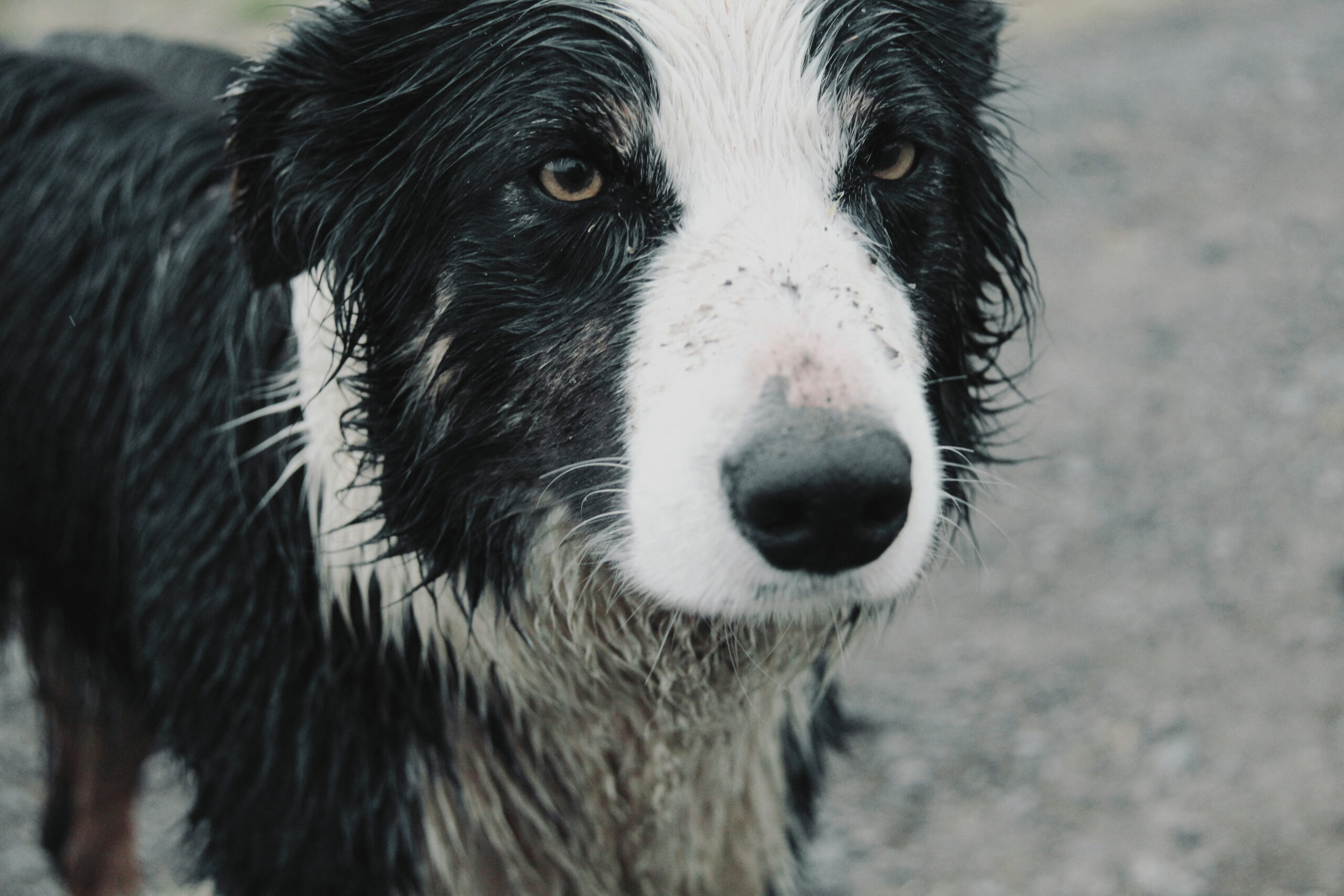
With the torrential rain continuing across Sydney and parts of New South Wales, we’ve compiled an animal safety guide for pet owners.
Many pet parents have questions about how to handle storm-related issues with their animals. Knowing what to do in certain situations can make a big difference in keeping pets safe and calm.
Below, we’ve listed and answered the top 5 most common questions pet owners search for answers to during storms.
Signs your pet has a fear of storms
Not all pets experience the same level of fear during storms. However, if a pet shows extreme behaviours, it may indicate severe anxiety. Some signs to watch for include:
- Destructive behaviour: chewing furniture, scratching walls, or digging at doors.
- Excessive drooling or panting: beyond what’s normal for stressful situations.
- Inability to settle: pacing, constant movement, or restlessness even when comforted.
- Accidents inside the house: urinating or defecating despite being house-trained.
- Attempts to escape: bolting through doors, jumping fences, or breaking through windows.
These actions suggest the pet is overwhelmed and might need professional help.
Chatting with a vet or pet behaviourist can help determine if anxiety management, such as calming products or behavioural training, is required.
What types of injuries are most common for pets during storms?
Storm-related injuries to pets commonly occur when they panic or try to escape. Some typical injuries include:
- Paw injuries: from digging at doors or tearing claws when trying to escape outdoor spaces.
- Cuts or abrasions: caused by running through bushes or fences.
- Bruising or sprains: from jumping over fences or falling during escape attempts.
- Ingestion of harmful objects: because panicked pets may chew on or swallow inappropriate items.
If you notice any of these injuries, examining your pet quickly is important. For minor wounds, clean the area with pet-safe antiseptic and monitor for infection. If injuries appear severe, such as heavy bleeding, limping, or signs of pain, see a vet immediately. Prevention is the best approach— keeping your pet secure and calm reduces the chances of these accidents.
How can I prevent my pet from running away again?
A pet escaping during a storm is stressful for everyone. Taking the following measures can prevent future incidents:
- Ensure strong and secure fencing: Identify and repair weak spots in your yard—animals in distress are incredibly resourceful.
- Supervise outdoor time: Stay with your pet if they need a quick toilet break rather than leaving them unattended.
- Bring pets indoors early: As soon as the sky darkens, get them inside to avoid panic-related dashes.
- Use calming tools: Anxiety vests, pheromone sprays, or calming supplements can help reduce their urge to flee.
Microchipping and updated ID tags are also essential. If they manage to escape, having identification boosts the chances of a reunion and lowers the stress for everyone involved.
What are the best calming supplements or tools for pets?
There are several supplements and tools backed by vets to reduce storm-related anxiety in pets. Some options include:
- Calming chews or tablets: These often contain natural ingredients like chamomile, valerian root, or L-theanine, which promote relaxation.
- Pheromone-based products: Sprays, diffusers, or collars that mimic the calming pheromones animals naturally produce.
- Anxiety vests: Snug-fitting garments designed to provide soothing pressure, like a gentle embrace.
Always consult a vet before introducing calming supplements, as not all products suit every pet. With their guidance, you can choose the best solution based on your pet’s weight, age, and severity of anxiety.
Should I keep pets outdoors if they seem more comfortable there?
Even though some pets appear more at ease outdoors, leaving them outside during a storm is risky. Storms bring dangers like falling branches, flying objects, and flooding, all of which could harm your pet. In addition, loud thunder and bright lightning can still trigger panic, leading to escape attempts or injuries.
If your pet resists coming inside, try to make indoor spaces more appealing. Set up a quiet, enclosed area with their soft bed, toys, and perhaps a treat or two. Adding white noise or calming music can also help drown out storm sounds. Keeping them indoors isn’t just safer—it’s a chance to provide the comfort they need to feel secure.













